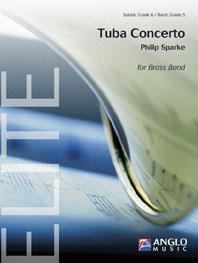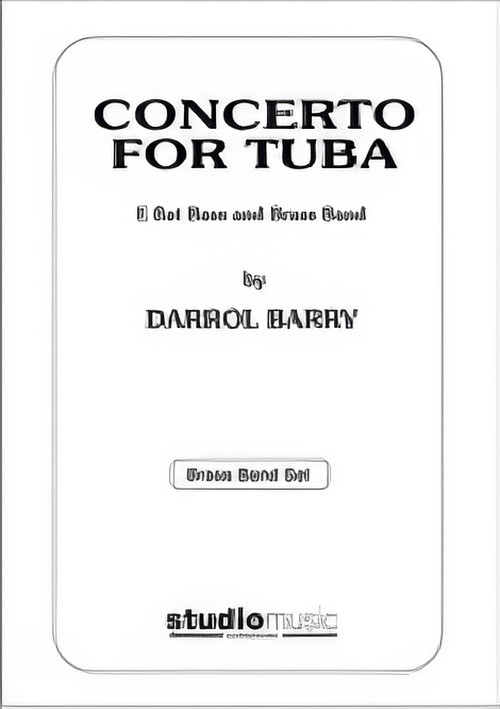Results
-
 £56.00
£56.00Take Me Back (Eb Bass Solo with Brass Band - Score and Parts) - Scott, Bennett - Fernie, Alan
Take Me Back to Dear Old BlightySlightly reduced Brass Band instrumentation (no rep cornet, no 2nd horn, no 2nd trombone part)
Estimated dispatch 7-14 working days
-
 £134.99
£134.99Tuba Concerto (Eb Bass Solo with Brass Band - Score and Parts) - Sparke, Philip
When writing his tuba concerto, Philip Sparke wanted to create a work which explored the many aspects of the instrument's technical and vocal qualities but without resorting to caricature. The result is a concerto in two joined movements, which can both be programmed individually, that contains both many lyrical lines together with stunning virtuosic passages. An outstanding concerto that tuba players and brass band audiences alike will enjoy and applaud.Duration: 13:15
Estimated dispatch 7-14 working days
-
 £54.20
£54.20BASSO BRAZILIO (Eb Bass Solo with Brass Band) - Newsome, Roy
Grade: Medium
Estimated dispatch 7-14 working days
-
 £54.20
£54.20BIG BILL GOES LATIN (Eb Bass Solo with Brass Band) - Barry, Darrol
Grade: Medium
Estimated dispatch 7-14 working days
-
 £82.95
£82.95CONCERTO FOR TUBA (Eb Bass Solo with Brass Band) - Barry, Darrol
Score and Parts. Dur: 15:30
Estimated dispatch 7-14 working days
-
 £75.90
£75.90DANNY BOY (Eb or Bb Bass Solo with Brass Band) - Fernie, Alan
Grade: Easy
Estimated dispatch 7-14 working days
-
 £83.00
£83.00JINGLE BELLS (Eb Bass Solo with Brass Band) - Fernie, Alan
Grade: Medium
Estimated dispatch 7-14 working days
-
 £54.20
£54.20LARGO AL FACTOTUM (Eb Bass Solo with Brass Band) - Roberts, Stephen
Grade: Difficult
Estimated dispatch 7-14 working days
-
 £34.99
£34.99RUDOLPH THE RED-NOSED REINDEER (Eb Bass Solo with Brass Band - Score and Parts) - Marks, Johnny - Freeh, Mark
Johnny Marks' Rudolph The Red-Nosed Reindeer, crafted by brass band arranger Mark Freeh.Suitable for Youth/4th Section Bands and above.Duration: 4.00
Estimated dispatch 7-14 working days
-
 £50.90
£50.90SMOKE GETS IN YOUR EYES (Eb Bass Solo with Brass Band) - Kern, Jerome - Fernie, Alan
Grade: Easy/Medium
Estimated dispatch 7-14 working days
